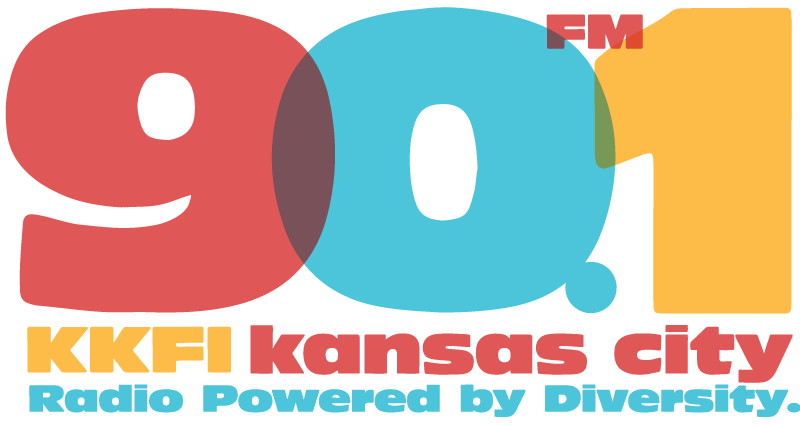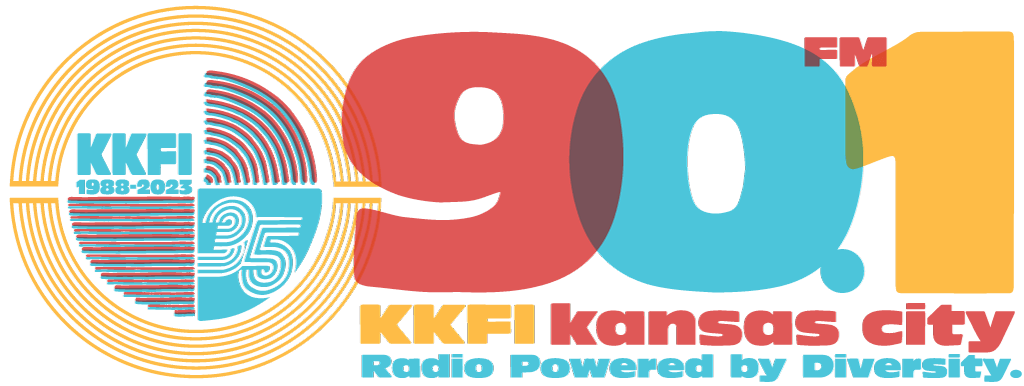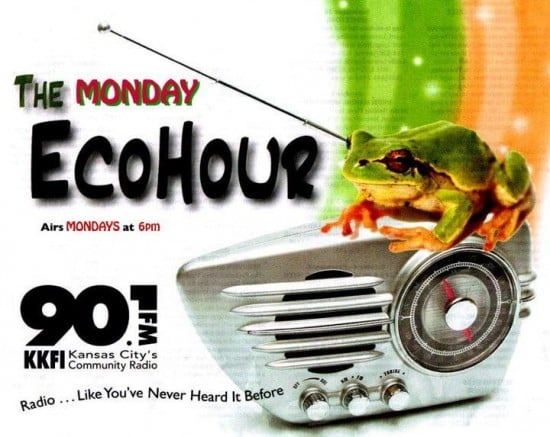Out on the plains of western Kansas, you can hear the same sounds from nature that early Americans listened to hundreds and thousands of years ago, but many of the sounds have been lost. Through machine dependent farming and monocultures of corn, alfalfa, soy and wheat nature’s great seed bank has been robbed and few have acted to save it. One institution that has been a great champion of restoring diversity in ways that are useful and ultimately most economical for humanity is The Land Institute in Salina, KS. They have been doing research on how to retain and enrich the soil and feed our species for decades.
Today, they have teams of scientists and interns that breed tamer versions of wild crops and wilder versions of domesticated varieties as they learn how to live within our respective ecosystems in a regenerative way. Two plants that we hear about on this episode are called Silphium and Kernza. Kernza is a small Kansas wheat grass which is being bred to produce more larger grains in diversified fields. It can be made into flour and used just like the standard wheat grain we have become so dependent on. Silphium integrifolium is a sunflower relative valued for its oil production, as a food source for grazers and with great potential as a food source for us people, too. The Land Institute is seeking ways to study diseases and resistance in these and other plants. While cultivating the land, they are finding the value of human connections as they share their love for the plants which may help sustain us.



